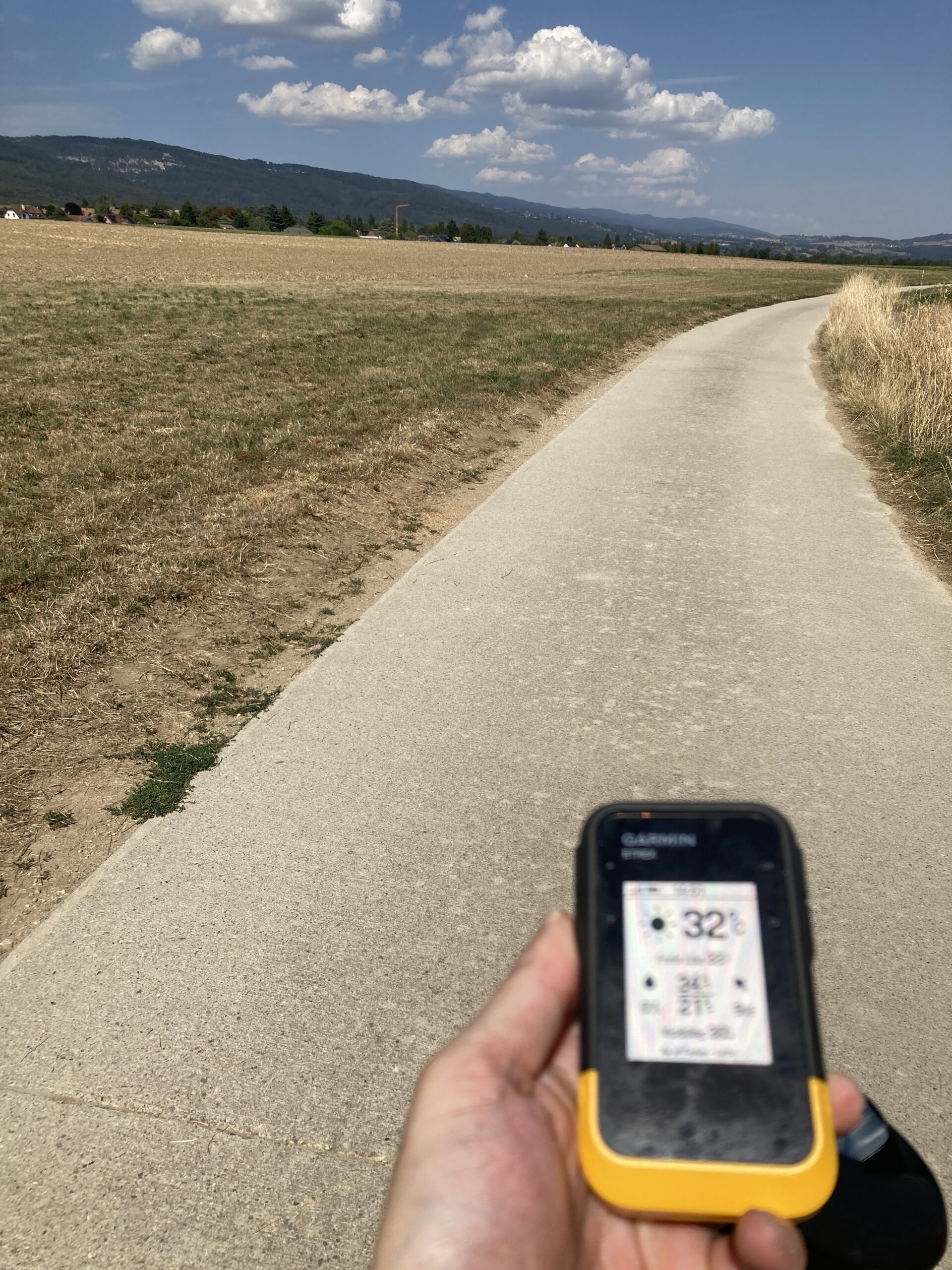Category: tech related
-

The Case for Using Albums in iPhoto, or WebDav
Reading Time: 4 minutesWhen you take photos on an iphone or other such device it’s easy to take photos and never organise them, unless you share specific photos with specific people. Images are automatically organised by time, date, month, location and people by photo apps but this is just an illusion of organisation. By playing…
-

Immich and iPhone Storage
Reading Time: 3 minutesWhen experimenting with the Immich iPhone app I found it impossible to upload beyond 15,000 images and I supposed that it was because the phone timed out before it had checked all the previous files before moving on to the last four thousand images. In reality the problem is that Immich downloads…
-

Shifting from Tutorials to Practical Experience
Reading Time: 3 minutesSince getting the Raspberry Pi devices my shift has moved from following tutorial after tutorial to experimenting with setting up a number of server projects fron Home Assistant to Nextcloud to Photoprism and Immich to name a few. In the process I have instantiated and then pulled down plenty of instances before…
-

Experimenting with the Photoprism App
Reading Time: 4 minutesWhile playing with Nextcloud I found a serious flaw. If you add images via the command line from one directory to another, and then delete them, then their ghosts remain in the timeline. By ghosts I mean references to these files in the CMS and there is no quick way of removing…
-

Installing NextCloud on a Pi and an HP EliteBook
Reading Time: 3 minutesYesterday I installed Nextcloud on two devices, a raspberry Pi and an HP Elite book and I could see a clear difference between the two machines. The HP is a laptop on which I installed a minimal version of Ubuntu 22.04 LTS and I installed a similar version of Ubuntu on the…
-

Pi Hole Morality
Reading Time: 4 minutesAfter several days of playing with a Pi-Hole I both enjoy using it and feel guilty. I feel guilty about blocking adverts from certain websites and sources because I don’t want to impact their revenue streams. At the same time I really want to block ads from two specific sources. Pre-roll videos…
-

Setting up Pi Cups to Print and Scan
Reading Time: 2 minutesYesterday I decided to play with the Common Unix Printing system (CUPS). I followed [this tutorial](https://pimylifeup.com/raspberry-pi-print-server/) and within a reasonable amount of time I had set up a pi 3 to serve as a print server for an old printer. Sometimes you use printers and scanners by plugging them in to the…
-

Running Two Pi Holes in Tandem
Reading Time: 3 minutesWhen walking and listening to the [2.5 Admins](https://2.5admins.com/) I heard about the concept of [going from treating servers as pets to treating them as cattle](https://2.5admins.com/2-5-admins-04/). They discussed the habit of giving servers functional names, rather than emotional ones. The examples were similar to DR-1 for for Disaster Recovery one, prod 1 for…
-

Experimenting With Traccar
Reading Time: 3 minutesTraccar is an open source fleet management solution that allows you to track vehicles and devices via a self-hosted server without using Google, Apple, Garmin, Suunto or other brands. If you setup your own server you can track as many vehicles as you like, and even track their live movements. ## Options…
-

Experimenting with Home Assistant
Reading Time: 3 minutesFor a long time I wasn’t tempted to play with Home Assistant or the Apple Home app. I don’t have smart light bulbs, or a smart fridge, or a thermostat that I can control remotely. I don’t have solar panels that are feeding a battery. In essence I thought that if I…